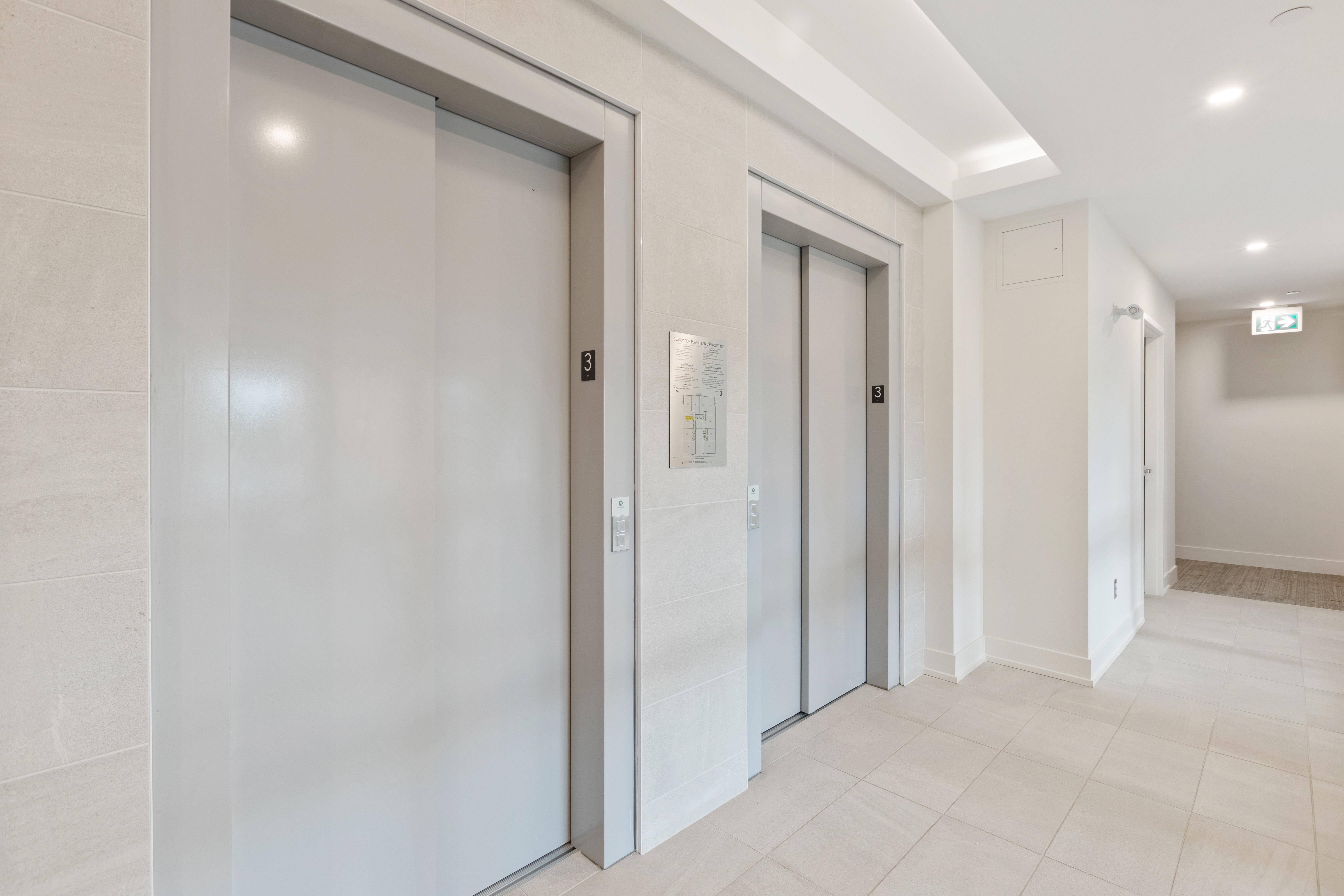5 Warning Signs of a Bad Condo
Why buyers should be aware of these explicit red flags that can speak to the quality of a building
 Written By Telm Perez
Written By Telm Perez Not every condo is created (or managed) equally. And I say that as someone who has seen a lot of condos.
When working with my condo buyer clients, my number one priority is that they purchase from a reputable development.
There are a lot of red flags to look out for — some more explicit than others, that can speak to the quality of a building. Below is a list of 5 red flags that I look for when helping a client assess a condo. Keep an eye out for these during your condo search!
Red Flag #1: Problems in the status certificate
Before committing to a property, it’s crucial to get access to the condominium status certificate. I always make sure my clients have an opportunity to see this document as it sheds light on the legal, structural and financial integrity of the building. In addition, there’s no need to worry that a status certificate is biased, as it’s generated by third parties, such as accountants, lawyers and engineers.
Sometimes, there will be issues highlighted that no potential buyer should ever ignore. For instance, the reserve fund may be remarkably low. This could indicate that the residents’ maintenance fees aren’t being properly managed. In some cases, there may even be something known as a ‘special assessment’. This is when the property needs money to address a problem, such as a structural repair; but doesn’t have enough in reserve to cover it. That’s when owners are required to pay a certain amount to make up for the shortage of money. Although special assessments sound very concerning, they are very rare.
Ultimately, you should have your real estate lawyer review the status certificate before finalizing any purchase.

Red Flag #2: Amenities are always under construction
There have been times when I’ve taken clients to see certain condos, and I notice a pattern: The building’s gym or swimming pool always appears to be under construction. This could be a red flag as there’s nothing more frustrating for residents when the amenities are constantly ‘closed for renovations’.
Amenities are paid for through the maintenance fees, so you shouldn’t be dishing out money for things you never get to use. If you notice that a condo’s amenities always seem to be under repair, ask your realtor to find out why. Worst case scenario, this could be a warning the building is poorly managed.

Red Flag #3: Damaged common areas
This red flag is an extension of the point above. Potential condo owners should be on the lookout for broken elevators, deteriorating common areas and an understaffed concierge desk. Is building management just a bit behind, or are these things not being addressed because there’s little money in the reserve fund?
A high-quality condo should feel somewhat like a hotel, whereby things are orderly and clean. In older buildings, cosmetic renos on the common areas are usually performed every 10-15 years. This could include new flooring in the hallways, a fresh coat of paint, or upgraded light fixtures.
So next time you’re viewing a condo, swing by the common areas. Check for bulletins posted in the mail room, for example, stating that a 10th floor unit is undergoing a bathroom reno and apologizing for any disruptions. This is a good sign that management is putting residents first, and taking their role to serve the community seriously.
Red Flag #4: Higher than average rental ratio
There are some condos, particularly in Toronto’s downtown core, that have a very high rental-occupancy rate. This means that many of the units were purchased by investors, solely to be rented out.
The reason why this is a red flag is because the general belief is that condos with higher ownership rates tend to be of higher quality — whether or not that’s true is very debatable, as most tenants treat their homes with respect. The theory, though, is that the higher the ownership ratio, the greater the ‘pride of ownership’, meaning the residents have a vested interest in how the building is managed and maintained.
In any average Toronto condo, about 35% to 40% of the units are occupied by renters. The rent to ownership ratio is something that can be found in the condo status certificate. However, a knowledgeable realtor should have a pretty good sense for the rent to ownership ratio, depending on the location of the condo and the developer’s reputation.
Red Flag #5: Suspiciously high number of resale units
Sometimes I’ll run into a condo that has, say, 20 or more units up for sale. And not surprisingly, my client will ask why. Could it be that the building has a lot of unhappy owners, so they’re all trying to get out? The good news is that this isn’t always the case. What really counts is the ratio of available units to total units in the condo development. But it’s still worth asking your agent why that particular condo has so many resale units on the market.
A high ratio of units available for sale is often a red flag, however, there are some exceptions to keep in mind. When a condo is less than 5 years old, there will typically be a higher than average turnover rate. People who bought into a new development several years before it was completed will often sell immediately upon completion, or within the first few years. That’s because those initial buyers are usually investors, or they’re people whose life circumstances changed during the years of construction.
In general, it’s normal for 2% to 3% of a building’s total inventory to be on the market for sale at any given time. If that number is closer to 5% or 6%, my immediate concern is that there may be a special assessment on the horizon, or the maintenance fees are about to go up dramatically. As noted above though, the answer is usually in the status certificate, which I always recommend my clients have a qualified real estate lawyer review.
With thousands of condos across the Greater Toronto Area, it can be tough to separate the good condos from the bad. That’s why it’s important to work with a realtor who has intimate knowledge of the condo market, and always has your best interests in mind.
I hope this article has been informative! If you’d like to learn more, reach out anytime for a no-obligation discussion about your property search.
You can call me at N/A or send an email to telm@strata.ca. I’m always happy to help!
Starting your search for a new home? Click on any of these links to access active listings, sold listings or contact a Strata agent.
For any questions about this article or media inquires, please email media@strata.ca